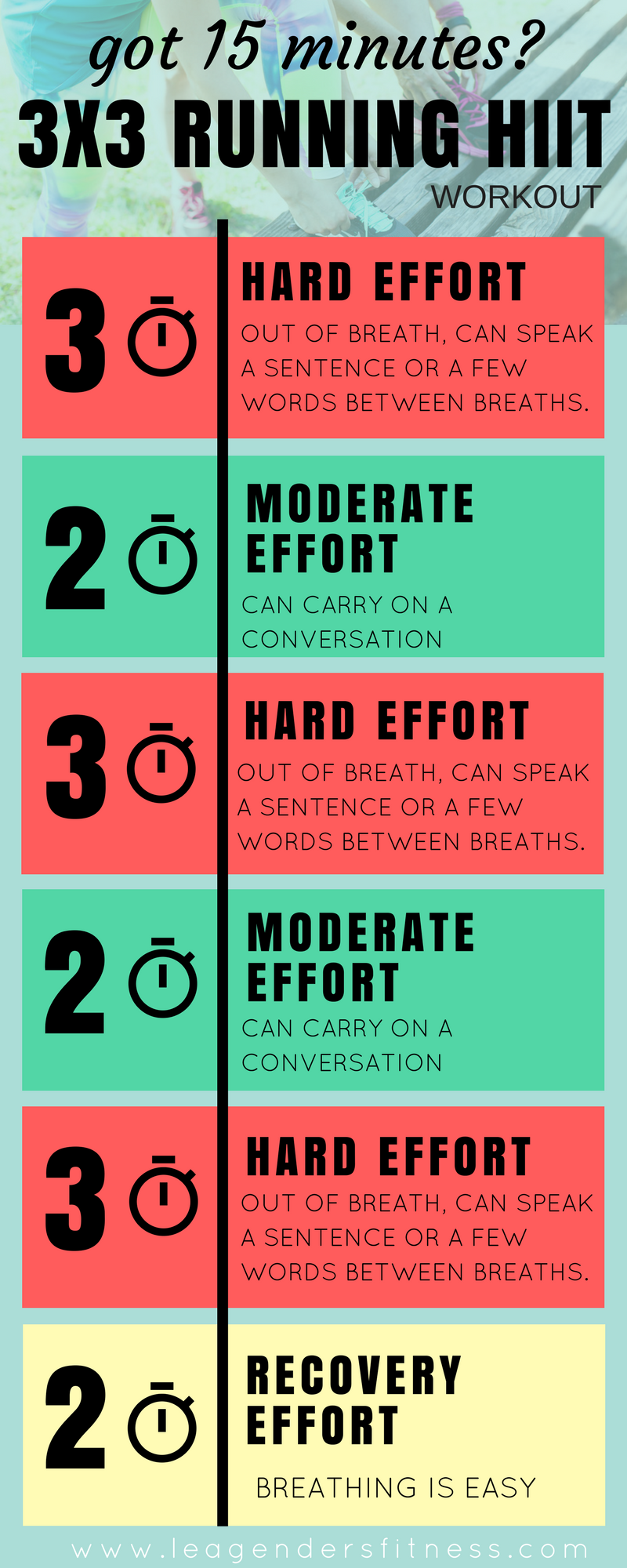Running Workout Techniques: Strategies to Boost Endurance and Speed
Running Workout Techniques: Strategies to Boost Endurance and Speed
Blog Article
Just How to avoid and Manage Pain in Running: Specialist Tips and Suggestions
As joggers, we typically locate ourselves caught between the exhilaration of pressing our physical limits and the pain that can accompany it. The quest of that runner's high can often be hindered by the unwanted companion of discomfort. Whether you are an experienced marathoner or a novice striking the sidewalk for the very first time, the irritating existence of discomfort and discomfort is a common measure. There exist tried and tested strategies and experienced recommendations that can help alleviate and manage these pains, permitting you to concentrate on the joy of running itself.
Relevance of Appropriate Shoes
Proper footwear plays a crucial duty in stopping and managing pain for joggers, as it considerably affects their convenience, efficiency, and overall foot wellness. When it comes to running, putting on the right shoes can make all the distinction. Ill-fitting or improper footwear can cause a host of problems such as sores, shin splints, plantar fasciitis, and also more serious injuries like anxiety fractures.
Selecting the appropriate running footwear includes taking into consideration aspects such as foot type, gait mechanics, running terrain, and personal preferences. Runners with high arcs may need more cushioning and support, while those with flat feet may gain from security footwear. Furthermore, comprehending pronation (the internal rolling of the foot) and supination (the external rolling of the foot) can aid in selecting footwear that give the right degree of arch assistance.
Purchasing high quality running shoes that are ideal for your individual needs can help prevent pain and pain while boosting your running experience. Prioritizing correct shoes is not almost performance however likewise regarding protecting your foot health and wellness over time.

Reliable Workout Methods
A dynamic workout routine prior to a run helps boost blood flow to the muscles, boosts versatility, and boosts the variety of activity of the joints. Dynamic stretches like leg swings, high knees, and hip circles are valuable in preparing the body for the physical demands of running.
In enhancement to dynamic stretches, including some light cardio exercises such as jogging or skipping rope can even more raise the heart rate and heat up the body. This combination of vibrant stretching and light cardio aids loosen limited muscles, lubricate the joints, and mentally prepares the jogger for the upcoming workout (running strategy). By making warm-ups a consistent component of your running routine, you can substantially reduce the danger of injuries and execute at your best during each run
Trick Stretching Exercises
When planning for a run, incorporating crucial stretching exercises is important to boost muscle mass adaptability and prevent injuries - Read More. Dynamic extends such as leg swings, high knees, and hip circles are advantageous for heating up the muscles and boosting range of movement prior to a run. These movements assist boost blood flow, loosen up limited muscle mass, and prepare the body for the task in advance
Fixed stretches like calf stretches, hamstring stretches, and quadriceps stretches must adhere to a run to aid in muscle mass recuperation and prevent rigidity. Holding each go for 15-30 secs allows the muscle mass to kick back and elongate, decreasing the threat of post-run pain and potential injuries.
In addition, including yoga exercise postures like downward canine, pigeon position, and spine spins can target numerous official source muscle groups at the same time, promoting general versatility and toughness. Regular extending regimens not just boost efficiency yet additionally aid in maintaining good running type and preventing overuse injuries. Remember, proper stretching techniques are vital for a secure and satisfying running experience.
Recuperation and Relax Strategies
After finishing a run, implementing reliable healing and remainder methods is necessary for taking full advantage of performance and minimizing the risk of injuries. One essential element of recovery is allowing the body time to relax and fix itself. Appropriate rest is extremely important as it is throughout rest that muscles recoup and expand stronger. Furthermore, integrating rest days right into your training timetable is crucial to avoid overuse injuries and burnout.
Active healing methods such as gentle stretching, foam rolling, and yoga can aid improve flow, lower muscle discomfort, and improve adaptability. It is likewise advantageous to focus on hydration and nourishment post-run to restore electrolytes, glycogen shops, and promote muscle recovery.
Cross-training activities like swimming or cycling can supply a break from the recurring influence of running while still keeping cardiovascular physical fitness - running strategy. Paying attention to your body and identifying when it requires a break is vital to avoid persistent injuries and making certain long-term running success. Keep in mind, rest is not an indication of weakness however an important element of a well-rounded training regimen
Cross-Training Benefits

It enables you to function on different aspects of health and fitness that may not be targeted solely with running, leading to a more balanced and versatile athlete. In addition, cross-training can help enhance running performance by dealing with muscle imbalances and weaknesses that might hinder efficiency.
Verdict
In final thought, correct shoes, warm-up strategies, stretching exercises, healing approaches, and cross-training are necessary components in avoiding and taking care of pain in running. By incorporating these methods right into your regimen, you can minimize the danger of injury and discomfort while maximizing performance and enjoyment of the sport. Read More. Keep in mind to pay attention to your body, focus on remainder and healing, and seek professional support when needed to ensure a secure and efficient running experience
Report this page